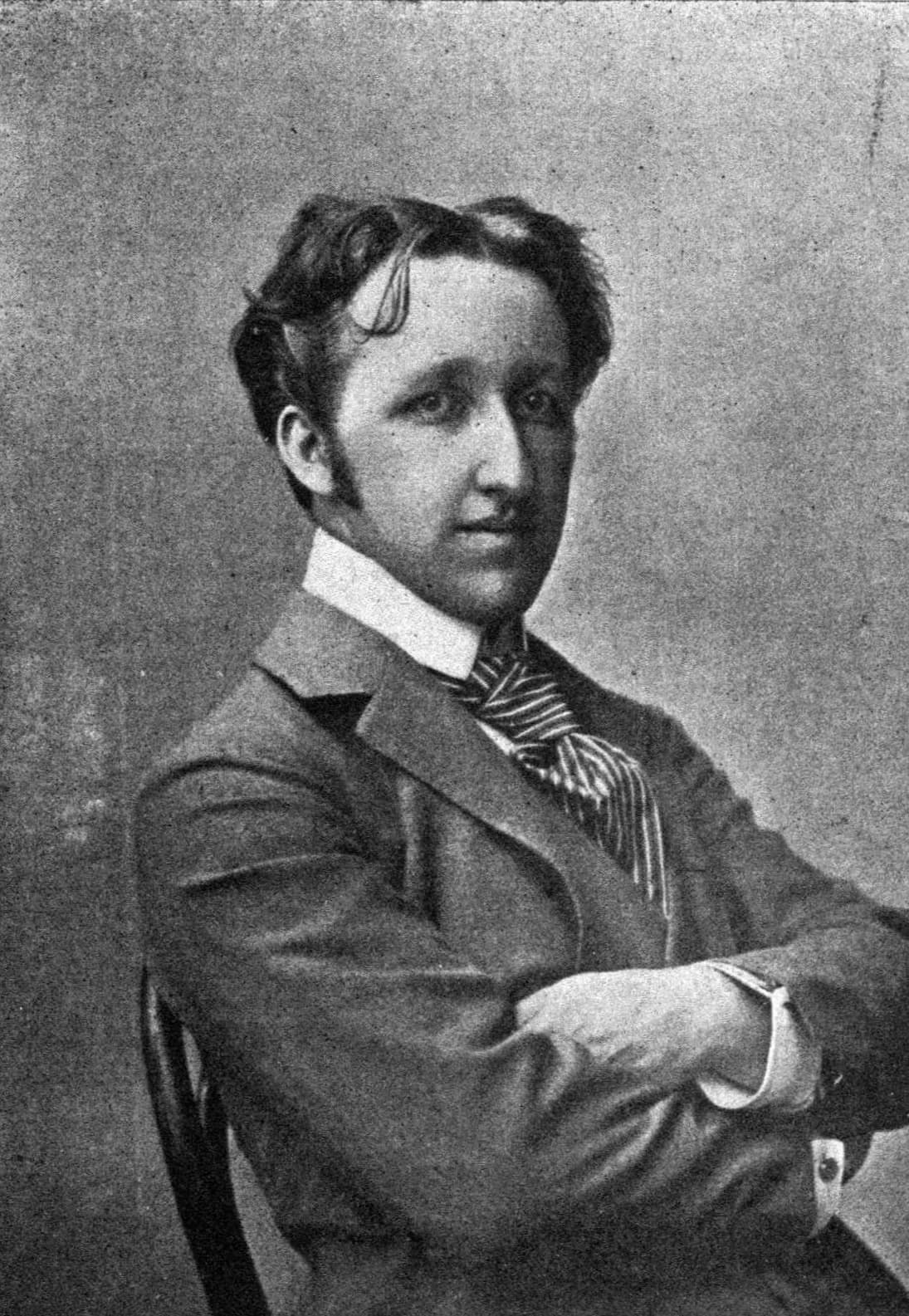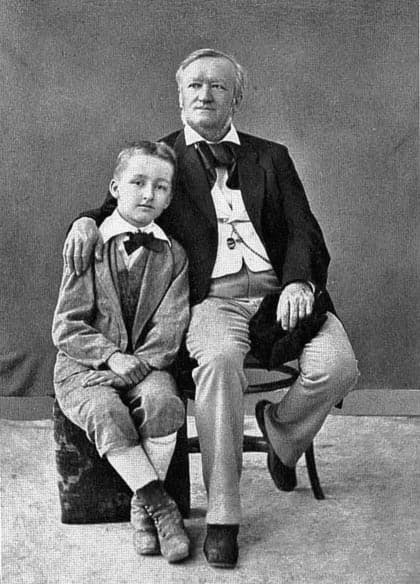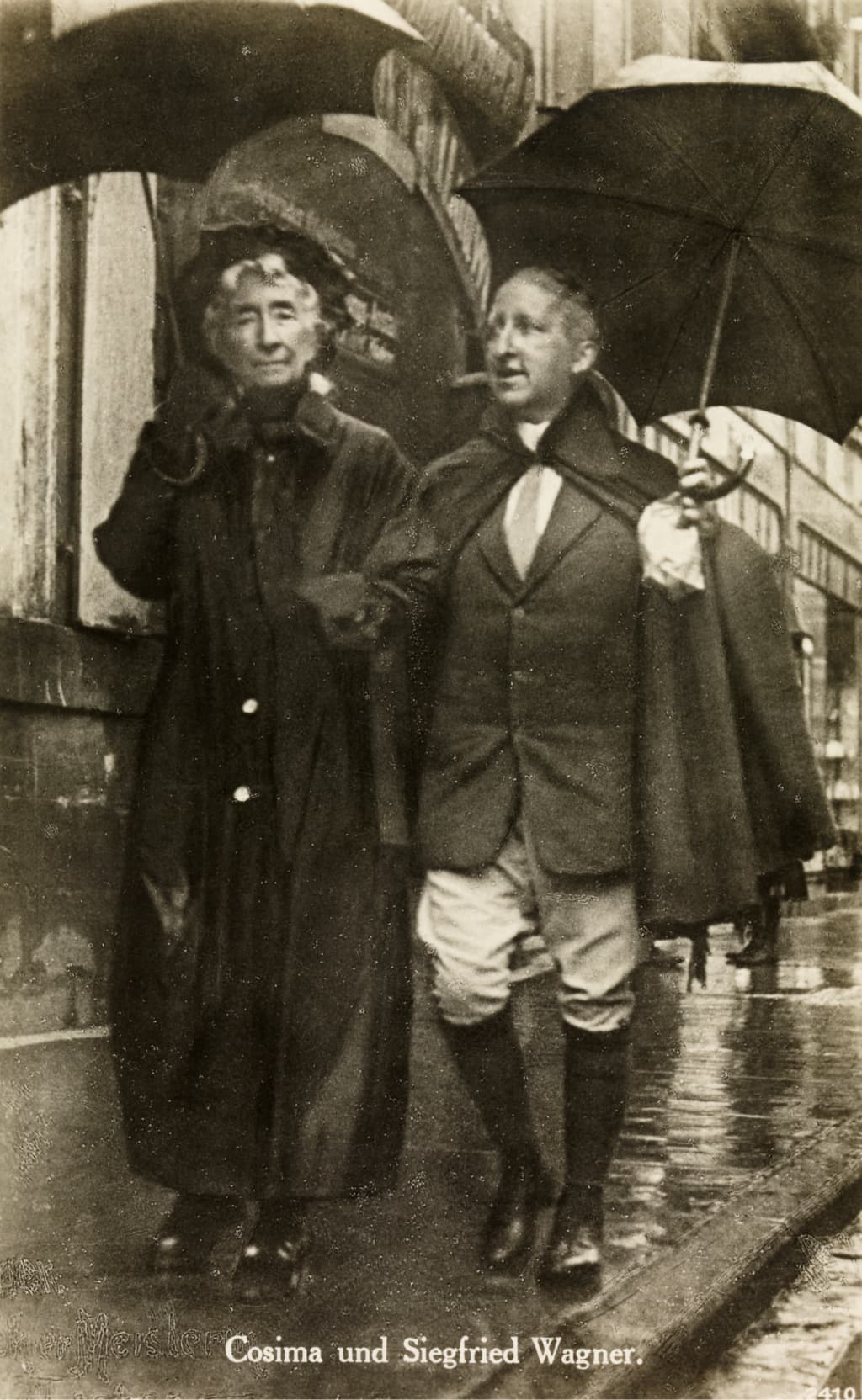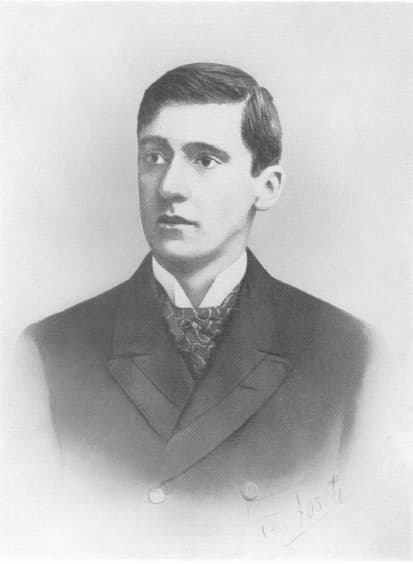The life of Siegfried Wagner – son of Richard Wagner and grandson of Franz Liszt – touches on a wide range of questions that classical musicians are still wrestling with today. Questions like:

Siegfried Wagner in 1896
How does it affect an artist’s life to come from a family of creative royalty?
What role do romantic relationships play in an artist’s creative expression?
Can classical music really be used after a composer’s death to support the moral bankruptcy of authoritarian regimes?
The story of Siegfried Wagner provides some food for thought on all of these questions.
Siegfried Wagner’s Turbulent Beginnings

Siegfried Wagner and Richard Wagner
Siegfried Wagner was born to Richard Wagner and Liszt’s daughter Cosima von Bülow on 6 June 1869. Richard was 56 years old and Cosima 32.
At the time, the two were embroiled in a messy affair. Cosima, the wife of acclaimed conductor Hans von Bülow, had started sleeping with Richard in 1864, and had already borne two of Richard’s daughters.
The von Bülows did not divorce until 1870, the year after Siegfried’s birth. But as soon as they did, Richard and Cosima were married.
Siegfried was named after a character from German myth that Richard was obsessed with. He’d been wanting to write about this character since the late 1840s.
Richard’s initial outline of the story eventually burgeoned into a set of four operatic music dramas that became known as Der Ring des Nibelungen, or the Ring Cycle.
At the time of his son’s birth, Richard was working on the opera that would eventually bear his son’s name. Siegfried the opera was finished when Siegfried the child was twenty months old.
Siegfried Wagner’s Difficult Childhood

Cosima and Siegfried Wagner, c. 1929
We know that Siegfried was physically abused by Cosima. She wrote in her diary in 1878 that he was talking back to his father, and that she was terrified that he would never live up to Richard’s name. She also wrote of beating him until he bruised.
Some music survives that Siegfried composed in 1882, the year he turned twelve, but he doesn’t seem to have had his heart set on a musical career.
Eventually, he opted to study architecture instead.
Siegfried Wagner’s Inspirational First Love

Clement Harris
In 1889, the year Siegfried turned twenty, he met an intriguing English pianist and composer named Clement Harris who changed the course of his life.
Harris was eighteen, full of life, and a queer man who was firmly ensconced in Oscar Wilde’s social circle.
He was also from a family of ship owners. In 1891, Harris and Siegfried sailed on one of his family’s ships to Hong Kong together. They were the only two passengers on the voyage. This trip changed the course of his life, and during it, Siegfried decided to become a composer.
Harris, unfortunately, died soon afterward, getting caught up in the Greco-Turkish War while traveling, and dying young at the age of 25.
Siegfried Wagner’s Early Musical Career
During the trip with Harris, Siegfried had started working on an orchestral piece called Sehnsucht, or Longing. He finished it in 1895.
Siegfried Wagner – Sehnsucht (Longing): Symphonic Poem after Friedrich Schiller
Siegfried made his orchestral debut at Bayreuth in 1894, stepped up as associate conductor in 1896, and became artistic director in 1908.
The position was constrained by his overbearing mother, and he never really got a chance to lead the festival on his own terms until after her death.
Pushed Into Marriage
Cosima desperately wanted Siegfried to marry and have children. (Homosexuality was, at the time, illegal in Germany, and Siegfried had not always been discreet when carrying on affairs with other men.)
Urgency grew after the so-called Harden–Eulenburg affair of the late 1900s, a German scandal in which various members of the Kaiser’s circle were accused of being gay.
Cosima felt that to avoid scandal, Siegfried needed to marry, and as soon as possible. So she pushed her 46-year-old son to marry a 18-year-old English girl named Winifred Klindworth, whose adopted father had been a friend of Richard’s.
Needless to say, Siegfried and Winifred did not have a fulfilling marriage, but they did have four children between 1917 and 1920.
In 1923, Winifred met Adolf Hitler, and the two became very close. That relationship helped pave the way for the eventual link between Wagner’s music and the Nazi regime.
Predictably, however, the marriage did not stop Siegfried from becoming tangled up with other men romantically. In fact, he used Bayreuth as a hub to meet men, and often granted them positions at the festival as employees or performers.
Siegfried Wagner’s Later Music
Siegfried wrote quite a bit of vocal and instrumental music over the course of his career, but none of it achieved a permanent foothold in the repertoire.
In 1923, he finished a symphonic poem called Glück and dedicated it to the long-dead Clement Harris, suggesting he never truly got over that particular relationship.
By the time he died, he had completed twelve operas. Some were more successful than others.
His very first opera, Der Bärenhäuter (The Man in a Bearskin), was premiered in 1899, and became the most-performed opera of the 1899 season in Europe. But we rarely if ever hear it today.
OVERTURE to DER BÄRENHÄUTER (Op.1) by Siegfried Wagner
The Death of Cosima Wagner
Siegfried’s mother Cosima died in April 1930. She had shepherded her beloved husband’s Bayreuth festival into the twentieth century, but she had also tainted it with her anti-Semitism.
A few months later, in August 1930, Siegfried died, too. He would never get the chance to run the Bayreuth Festival out of her shadow.
At the time of his death, Siegfried’s children ranged in age from ten to thirteen. So, in a case of history repeating itself, Siegfried’s strong-minded widow stepped up to run the Bayreuth Festival until Siegfried’s sons Wieland and Wolfgang could take over.
Today, Siegfried Wagner is more famous for his ancestry and his children than for his music. It is tempting to imagine how his life would have been different if he had been allowed to be himself or been able to escape the pressures of belonging to such a famous musical family.
For more of the best in classical music, sign up for our E-Newsletter





The very disfunctional Wagner family history can be read in several publications. Perhaps too many. This article spells out some of it, starting with Cosima (none other than Liszt’s daughter) being a truly horrible person. What I don’t understand is this apparent failure: “Some music survives that Siegfried composed in 1882, the year he turned twelve, but he doesn’t seem to have had his heart set on a musical career. Eventually, he opted to study architecture instead.”
Later on, it sets the record straight mentioning his composing several operas (recorded in labels CPO and MP) and a few orchestral pieces. As I collected them out of deep curiosity, I can confirm that, yes, they are quite forgettable.